Peru: the experience that changed my life
By Emmanuel Trocino
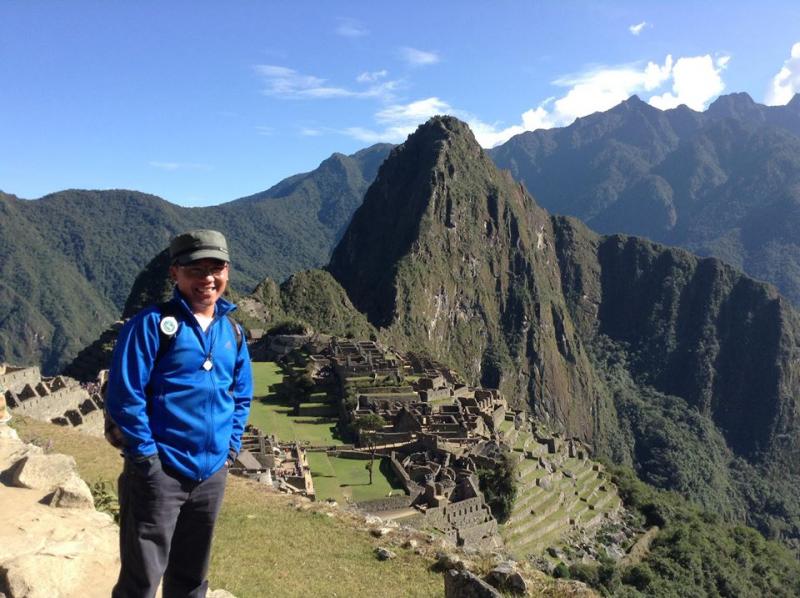
Welcome to Peru, Land of the Incas (‘Land of the Kings’). Many would say that you’ve never really been to this resplendent country until you’ve set foot in the majestic and incomparable Machu Picchu. I was able to visit this Incan legacy. But there’s more to Peru than just visiting its archaeological sites, being amazed at its mountains, jungles and deserts, and getting stuffed with local delicacies. If you stay awhile in Peru you will fall in love with its culture, its tradition, its faith and its people.
I am a Columban seminarian from Pulupandan, Negros Occidental, on First Missionary Assignment (FMA) in Peru. FMA is part of our formation as future Columban priests. We leave our homeland to taste what it’s like to be a missionary in a foreign land, crossing boundaries, experiencing an unfamiliar culture and encountering God in a new face and language.
On Mission
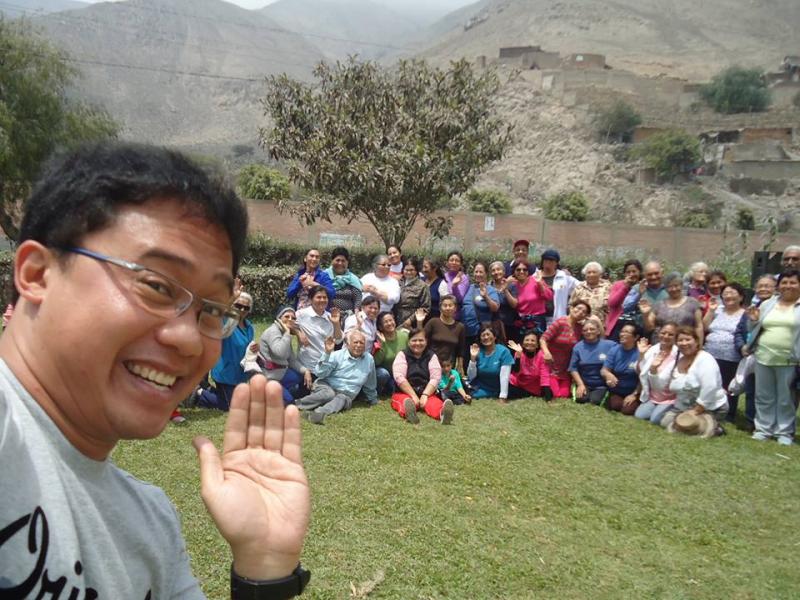
Emmanuel with the Animadoras of the Corazones Jovenes Program
What is missionary work like? Basically, you accompany different communities in the parish in their weekly schedule, do some apostolic work, and help in facilitating various parish ministries. If you are a priest you celebrate Mass and preach on important feast days.
A common notion is that missionaries do all the teaching and the people do the learning. In reality it’s mainly the other way around. It's the missionary who learns from the people: how to speak their language, how to adjust to their way of living, how to perceive and understand things from their point of view, how to recognize and experience God in their culture. (This reminds me of the experience of Jake Sully with the Na’vi tribe in the movie Avatar). It feels as if Peruvians have ministered to me more than I have ministered to them.
Being a missionary is very humbling. Like Moses, you step on sacred ground, remove your sandals, and encounter the Divine. Lately, I’ve been having that 'Moses experience': setting foot on the grounds of Guadalupe chapel, ‘emptying myself’ to our adultos mayores (older adults) and learning the virtues of patience, humility, and perseverance.
Serving the Little Ones
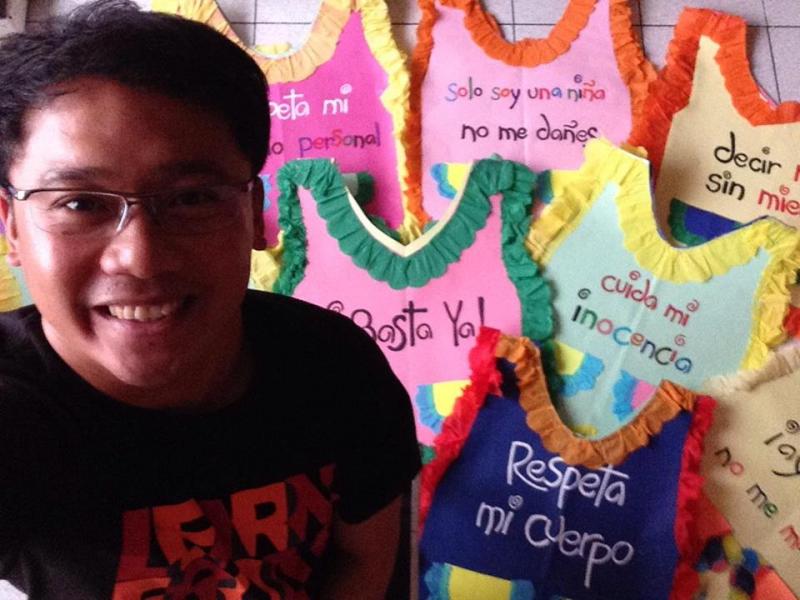
Aside from parish work, I also volunteer at a home for children who have been sexually abused. Sometimes I am their companion in play, sometimes their tutor, sometimes their artist drawing for their school projects and, occasionally, making birthday cards for their parents and teachers. With the passage of time, I have become their friend and big brother. Their happiness has become my happiness, their pain my pain.
As I watch them playing in all their innocence I wonder how those who abused them could have done such to these gentle souls. Instead of loving and protecting them, these people violated them and taught them to distrust the world around them. I want the children to be healed. I want them to love and trust again. I want them to live in a safe place where they can just be themselves, children. So in my own small way, I help in producing materials for the advocacy campaign of the home against child abuse. With the use of art, I hope that we can prevent such crimes and provide a secure home for the children and help them see that there are still bright colors in life.
Encountering the Moreno God
One of the interesting things about being in a different culture is that you get to observe, experience, and participate in the way the people celebrate their Christian Faith. You get to see God the way they see Him. It’s no surprise that popular devotions occupy a special place for Peruvians since they have five canonized saints. The devotions in honor of Sta Rosa de Lima – a secondary patroness of the Philippines – on 23 August and of San Martin de Porres on 3 November are two examples. And just as the Philippines has the devotion to the Black Nazarene every January, Peruvians observe October as the month of Señor de los Milagros de Nazarenas, the Lord of Miracles.
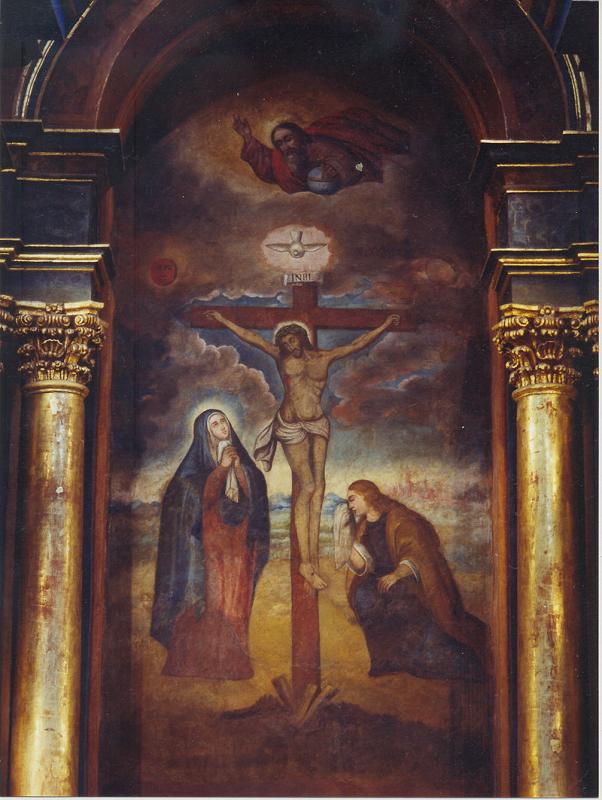
Senor de los Milagros,
Wikipedia.
The mural of Señor de los Milagros is in the Santuario de las Nazarenas in Lima. It remained standing after the deadly earthquake of 1655 that destroyed Lima. It was painted by a slave from Angola, Africa, who despite the repeated requests of the parish priest to show Christ as white, continued to paint the Lord as moreno (brown). Peruvians of African and of Andean descent, have always had a particularly strong devotion to the image. Through this painting the people were able, for the first time, to encounter the Lord as like them, moreno, and were able to identify themselves with God in a personal and intimate way.
Very often we tend to see Christ as having blue eyes, brown hair, and white skin, almost like a ‘perfect model’ endorsing some product. This can become a barrier for us in identifying ourselves with Him, in seeing Him as one of us. Whether Jesus looks exactly like his image in the painting in Lima, I don’t know. But I do know that the God who came among us 2,000 years ago as a Jewish man who loved and saved the people of Israel is the same God who came to save and love all of us.
Christ came for everyone, not only for a selected few. He is the God and Savior of people with white, dark and the copper-colored skin.
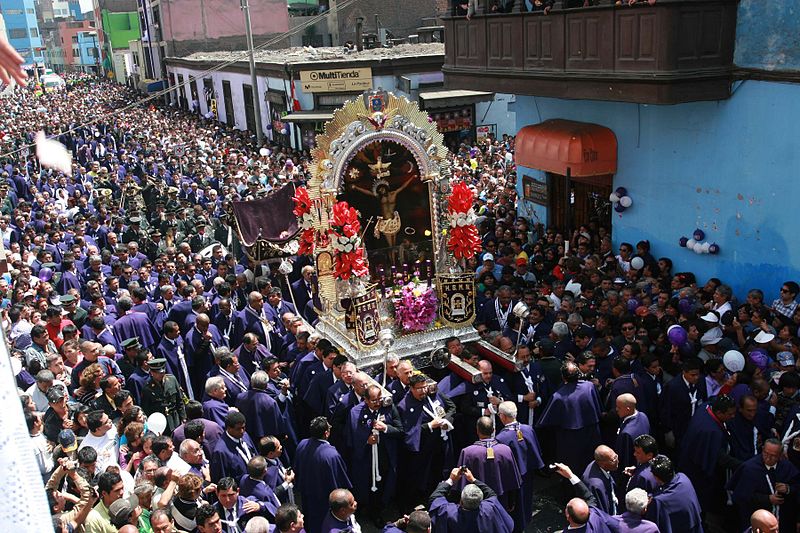
Señor de los Milagros Procession [Wikipedia]
I've been here for only a little more than a year but it seems that many years have already passed. I came to Peru with an idealistic dream of bringing change. But it's Peru that has changed me. It has taught me to see, experience, and celebrate life and God in a different way. It has changed my life in a way that I will never be my same old self again. And for that I will always be thankful to the people of Peru and to the One who brought me to them.
And with this thought, I can't help but remember a beautiful line from the musical Wicked that expresses this sentiment: ‘Who can say if I've been changed for the better? But, because I knew you, I have been changed . . . for good.’